
|
|
|
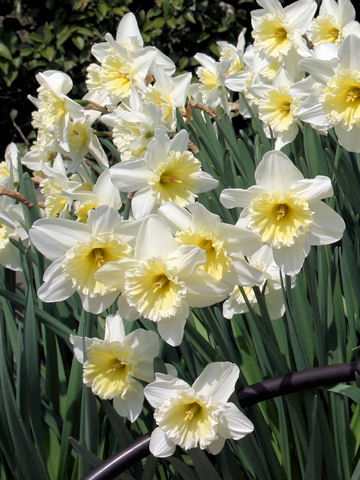 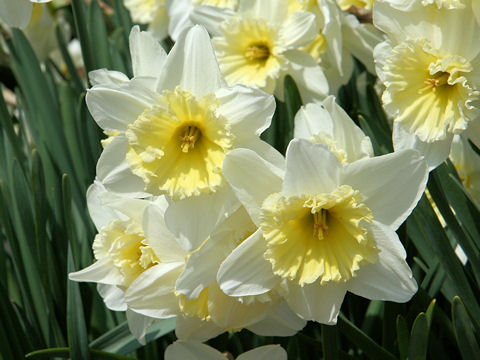 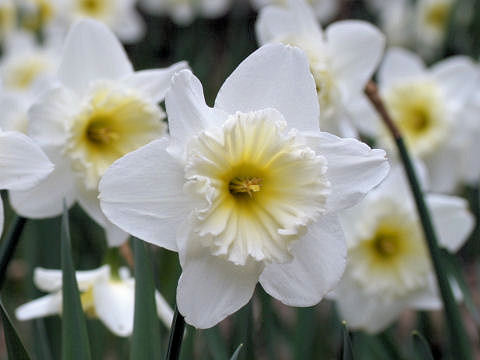 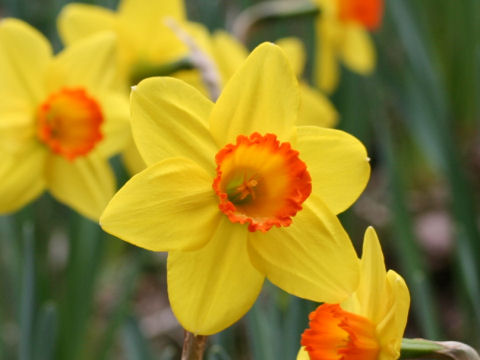 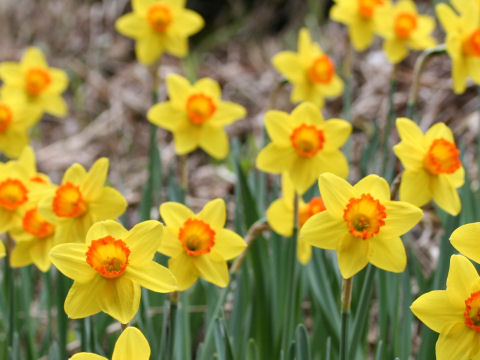 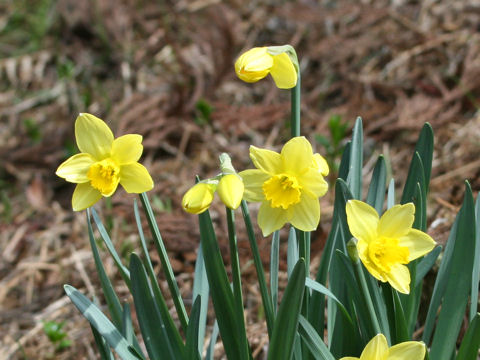  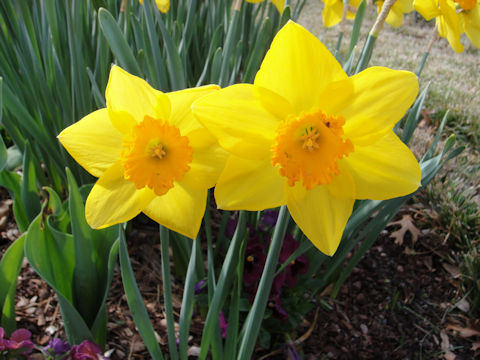 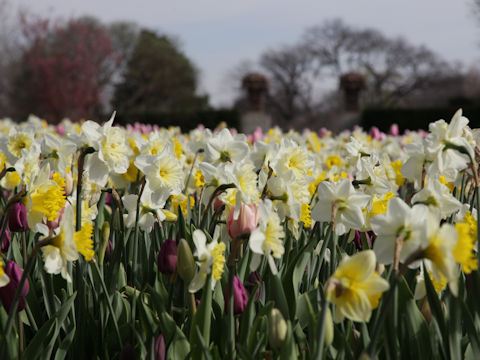 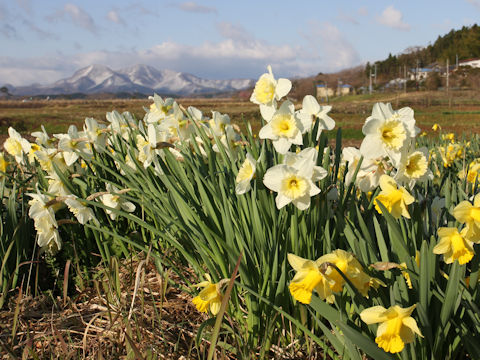 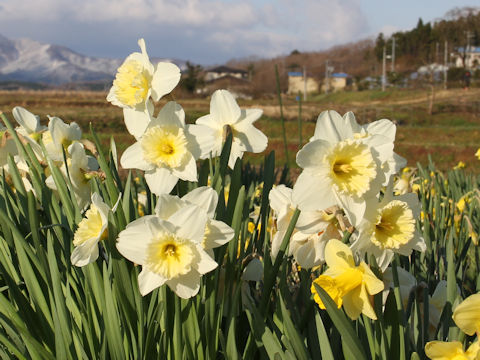 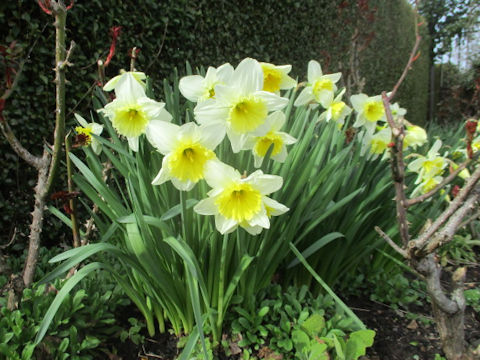 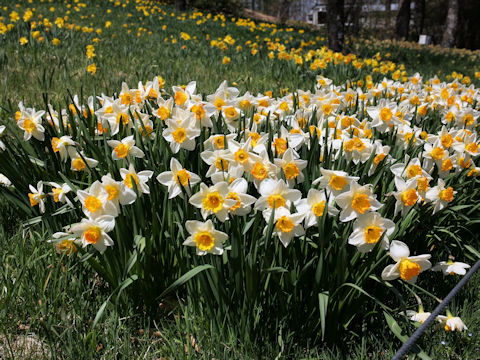 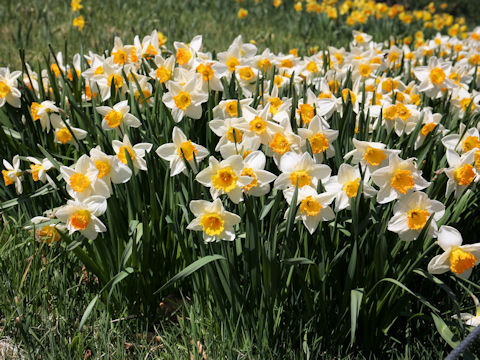 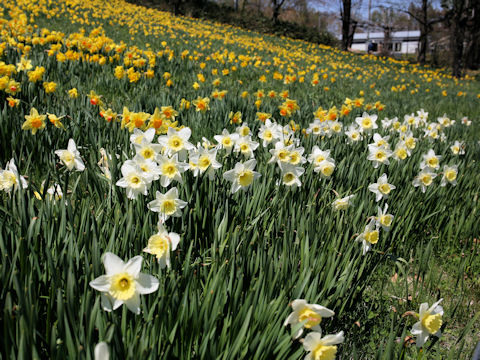 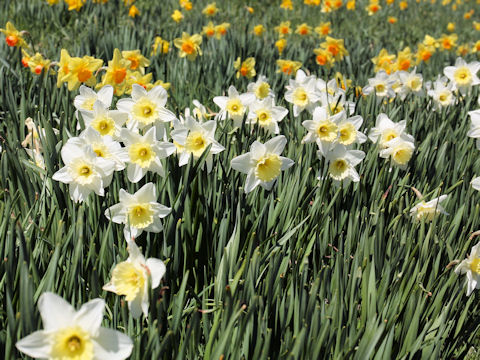 |
|
|
|
|iíÅA³ÍRO`TOZ`AtÉç«Ü·BCMX¤§|¦ïiRoyal Horticultural Societyj̪ÞÅÍAPsPÔAԥ̷³ªÔÙÌRªÌPÈãÅÔÙÌ·³ð´¦È¢±ÆÉÈÁĢܷB Ê^ÌãEP`QAX`POAPSEºÌiíÍuACXtH[Xicv. Ice FolliesjvA RESÍuK[fWCAgicv. Garden GiantjvA PQEPRÍunV gEXicv. Johann StraussjvB |
|
|
ÈXCZ®Ì½NÅAw¼Í Narcissus cv.Bp¼Í Long-cupped daffodilALarge-cupped daffodilB |
|
|
The Long-cupped daffodil (Narcissus cv.) belongs to Liliaceae (the Lily family). It is a perennial herb that is garden origin. This herb can reach 30-50 cm in height and bloom in mid spring. This daffodil is classified by the Royal Horticultural Society. It is borne one flower per stem and the corona is longer than a third the length of the petals, but it isn't as long as the corona of Trumpet affodil. |
|
|
[ãEP] ss¶æus{§A¨vÉÄA2007N0326úBeB [Q`S] åã{Îsc\uÎÔµå¤ÔvÉÄA2006N0426úBeB [T] Èا¡ª¬uO}RövÉÄA2008N0329úBeB [U] snuÔ©RövÉÄA2013N0414úBeB [V] AJEeLTXBu_XA¨vÉÄA2011N0306úBeB(photo by Jouette Travis) [W] ¯ãÉÄA2011N0306úBeB(photo by Jon Suehiro) [XEPO] {é§ìè¬xqÉÄA2020N0414úBeB [PP] CMXEJV[BvXgÉÄA2021N0315úBeB(photo by Yumi Gunji) [PQ`PSEº] {é§ ¤¬uÝ⬠¤¦Úµ][gvÉÄA2021N0427úBeB |

|
|
Shu Suehiro |